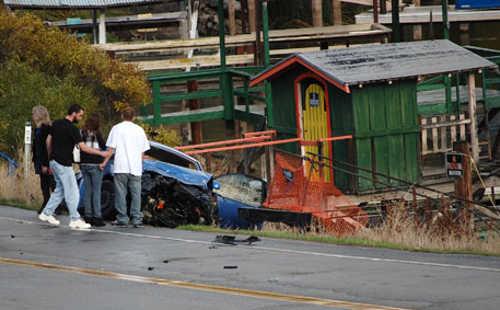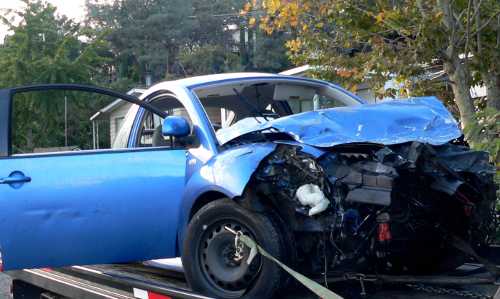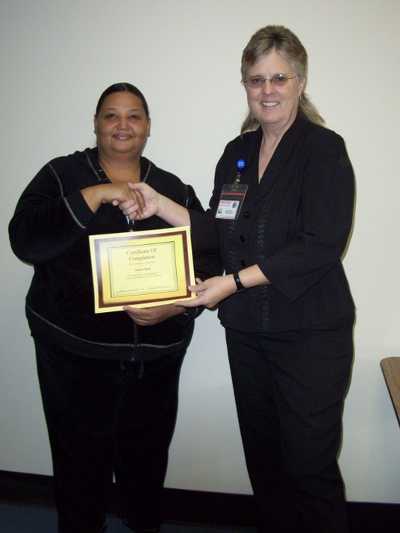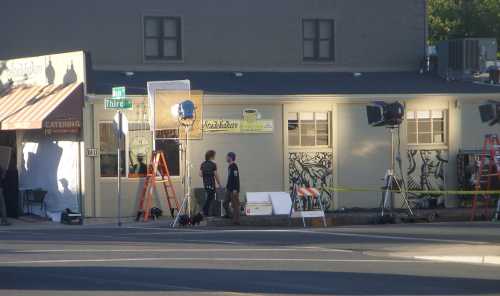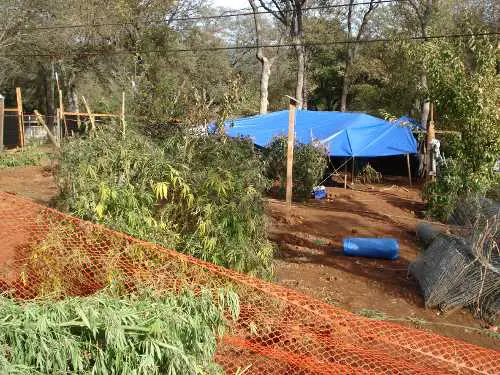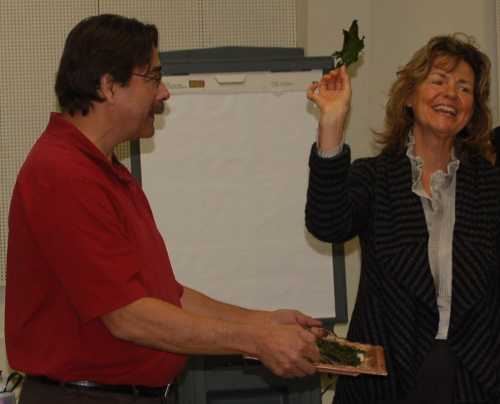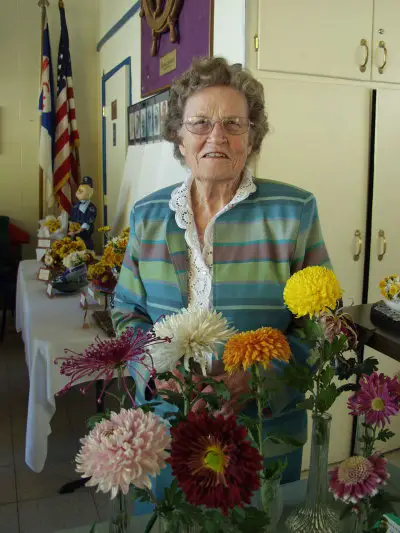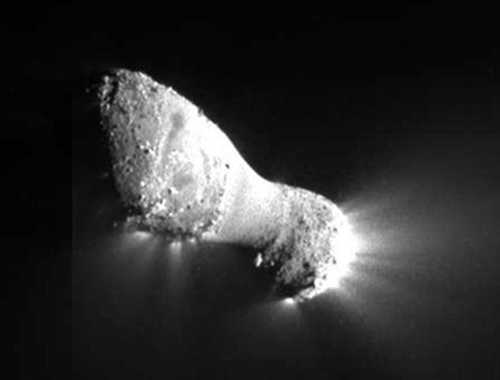
Cranberries and oranges have long been a classic combination for the holidays. Photo by Esther Oertel.
We’re on the cusp of the holiday season and one self-assured, tart little fruit plays a big role in both Thanksgiving and Christmas festivities: the cranberry.
This Thanksgiving a bowl of bright red cranberry sauce will top nearly every table, and many a Christmas tree will be festooned with a string of popcorn and cranberries strung by a child. (Most of my memories of stringing those as a kid revolve around being poked by the needle when making them.)
The cranberry is also known as the bounceberry, because the berries bounce when ripe. (Have you ever dropped a few on the floor? I did Saturday and, yes, they bounce.)
The craneberry is another moniker, given by early European settlers in America who thought the plant’s pink blossoms were reminiscent of the graceful head of a crane. As one might expect, the current name of cranberry is derived from this.
Members of the same family as heather, cranberries are low, creeping evergreen shrubs or trailing vines that prefer growing in acidic bogs. They grow wild in the northern parts of Europe and North America, and are extensively cultivated in the latter, particularly in Massachusetts, Wisconsin, Oregon and Washington.
They’re related to the blueberry, huckleberry and bilberry, all healthy fruits like the cranberry, which has gained fame in recent years as a “super fruit” because of its high nutrient and antioxidant content.
They’re extremely acidic. I popped a few raw ones in my mouth Saturday afternoon and the flavor was a bit like an extremely tart apple that had been dipped in lemon juice. They’re crunchy (again, a bit like a crisp apple) and pop when bitten into.
When my sons were in elementary school – about 10 or 12 years ago – extremely tart and sour candies were popular among their peers; the sourer, the better. I think a raw cranberry could rival any of those super sour sweets, and it’s healthier, too!
It took a bit of getting used to, but now I’m enjoying their crunchy tartness! I think I’ve found a new snack.
Cranberry season is brief. They’re harvested from Labor Day through Halloween and are available in stores in their fresh form, generally in 12 ounce plastic bags, from October through December.
Most cranberry bogs are flooded with water after the berry has matured. This enables the berries to float, which makes for an easier harvest. Only 5 to 10 percent of cultivated cranberries are picked dry.
Recent research has shown that this method of harvesting has the bonus of increased health benefits. The phytonutrients that give the berries their bright red color is increased in direct proportion to the amount of natural sunlight striking the berry.
Berries floating on top of water get exposed to increased amounts of sunlight, causing the berry to produce more nutrients which, in turn, give greater health benefits to those consuming them.
Cranberries have anti-inflammatory, antioxidant and anti-cancer benefits. They’re extremely high in vitamin C and dietary fiber, they aid in digestion, have properties that protect our heart and liver, they support our immune systems, and are extremely effective in fighting and preventing urinary tract infections.
In short, they’ve earned their “super fruit” status!
Cranberry juice is often thought of as healthful – and it is – but research has indicated that more benefit is derived from eating the berry whole; in other words, there’s a particular synergy in how the components of the berry work together.
American Indians ate cranberries cooked and sweetened with honey or maple syrup, a possible precursor to cranberry sauce, the Thanksgiving staple we now enjoy.
Cranberries also were a source of red dye for them for decorative purposes, and they used them as a poultice for wounds. Their astringent tannins helped stop bleeding, and we now know they also have antibiotic effects.
If cranberries are fresh and in good shape when purchased, they may be stored for up to two months in the fridge in a tightly-sealed plastic bag. As with all berries, if one starts getting soft and decaying, it will spread to the rest, so be sure to sort out the soft ones before storing.
Cooked cranberries can last up to a month in a covered container in the fridge. For longest storage, fresh whole berries may be washed, dried, and frozen in airtight bags up to one year if kept at 0 degrees F.
This versatile berry may be used in chutneys, fruit cobblers, pies and other desserts, such as cheesecake or trifle. It’s often paired with a sweeter fruit, such as apples, oranges or apricots.
Dried cranberries are quite popular for salads, baked goods and a variety of recipes, both sweet and savory.
The recipe I offer today is my mother’s orange-cranberry relish that has been served on our holiday table for as long as I can remember. She serves it in hollowed out orange-skin halves, which make for a pleasant and colorful presentation.
A former chef and restaurateur, my mom did organic, locally-grown food in our family restaurant before it was cool. She’s a true pioneer.
Like me, she cooks in a rather free-form fashion, so my apologies if the recipe seems a bit vague. Please feel free to email me if you have questions.
The cooking of the oranges three times is to ensure they’re not bitter, since the skins are left on.
Danni’s orange-cranberry relish
2 to 3 oranges, cut fine with skins on
1 ¼ cup sugar, divided
12 ounce package of fresh cranberries
Cover oranges with water in saucepan. Bring to a boil and allow oranges to simmer for a few minutes.
Drain oranges in colander and repeat process with fresh water.
Drain oranges again and put in saucepan with fresh water to generously cover them, along with ½ cup sugar.
Bring to a boil and simmer until liquid reduces somewhat and oranges get candied a bit in the sweet water.
Drain them, reserving cooking liquid, and set aside.
Using the cooking liquid and fresh water, measure 1 cup of liquid into a saucepan.
Add ¾ cup sugar and bring water and sugar to a boil.
Add cranberries, return to a boil, and cook until their skins pop.
Remove from heat and stir in oranges.
Allow mixture to cool and refrigerate until served.
If serving in orange skins, they may be refrigerated after filling.
Recipe by Danielle Loomis Post.
Esther Oertel, the "Veggie Girl," is a personal chef and culinary coach and is passionate about local produce. Oertel owns The SageCoach Personal Chef Service and teaches culinary classes at Chic Le Chef in Hidden Valley Lake, Calif., and The Kitchen Gallery in Lakeport, Calif. She welcomes your questions and comments; e-mail her at This email address is being protected from spambots. You need JavaScript enabled to view it..
Follow Lake County News on Twitter at http://twitter.com/LakeCoNews , on Facebook at http://www.facebook.com/pages/Lake-County-News/143156775604?ref=mf and on YouTube at http://www.youtube.com/user/LakeCoNews .

